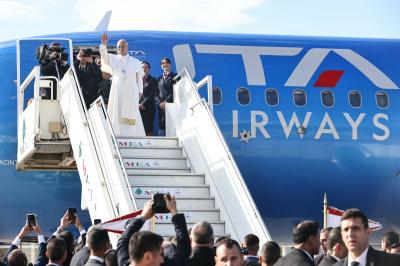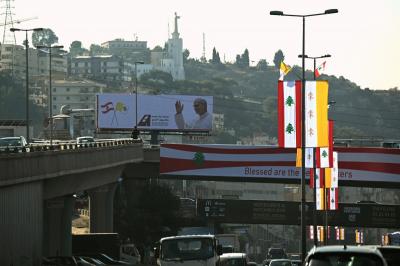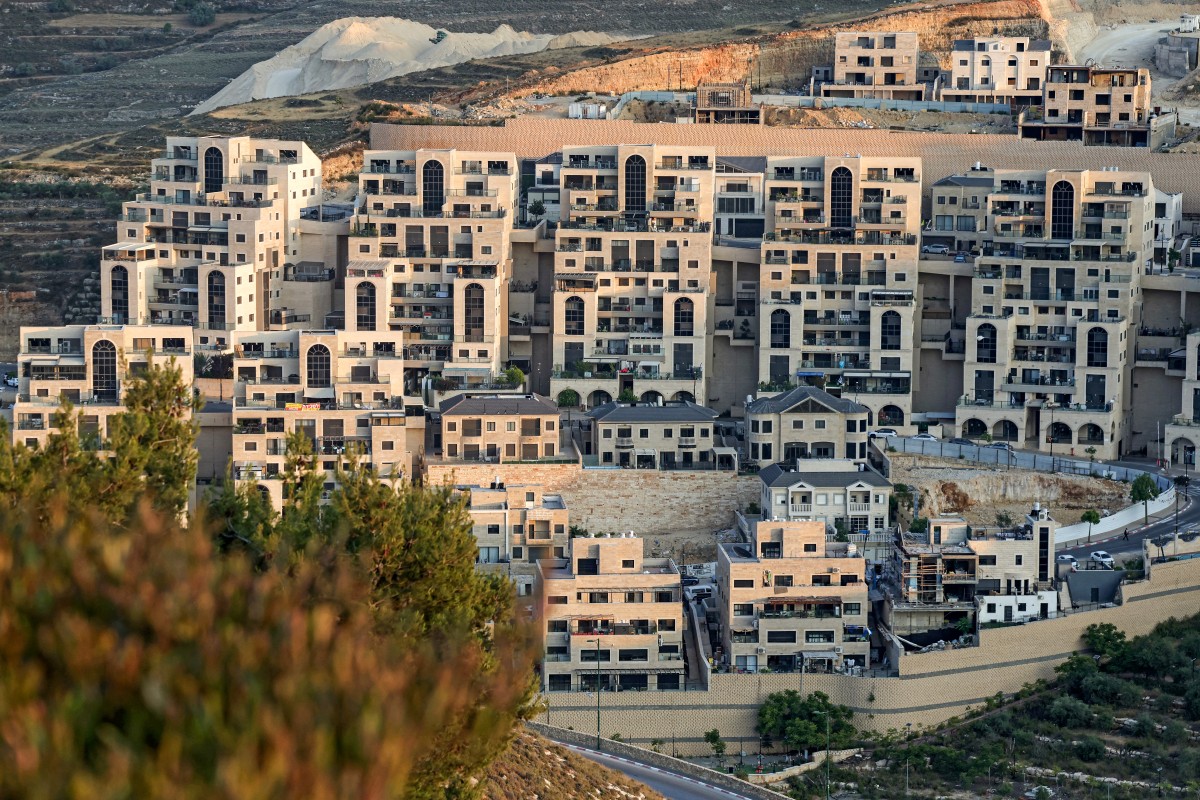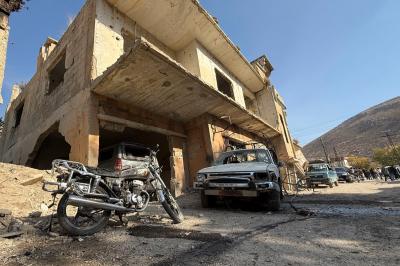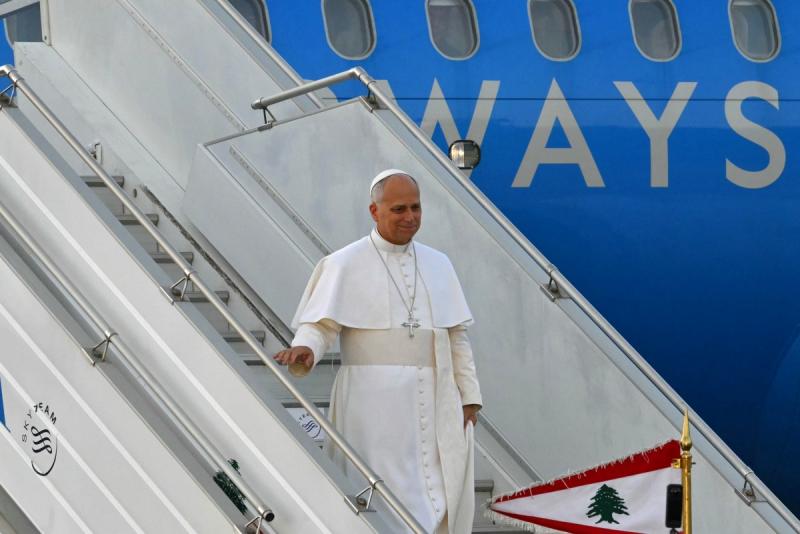Since its occupation by Israel in 1967, the West Bank has been at the heart of the Israeli-Palestinian conflict and the central focus of Israeli settlement expansion. With the occupation of the 1948 territories already an accepted fact—especially after Arab acceptance of international resolutions and the land-for-peace formula—the spotlight shifted to the West Bank.
The Oslo Accords between Palestinians and Israelis did little to improve the situation in the West Bank. Matters worsened, particularly after Israel's political right gained dominance and the gradual decline of the left following the 1995 assassination of its leader, Yitzhak Rabin.
Over time, successive Israeli governments emptied Oslo of its substance. The agreement had deferred key issues, such as settlements, to final status negotiations, a major criticism from the start. Simultaneously, the Palestinian Authority, which had signed the agreement, saw its role dramatically diminished as Hamas, one of the staunchest opponents of the Oslo Accords, gradually rose to prominence, eclipsing Fatah.
In the post-9/11 era and amid Palestinian political dysfunction—whether in the West Bank under the PA or Gaza under Hamas—internal strife, corruption, repression, and overwhelming U.S. support for Israel contributed to repeated small-scale wars that kept the Palestinian cause alive. Then came the Al-Aqsa Flood—a pivotal moment triggered by a major miscalculation.
The operation struck at the most right-wing government in Israel’s history, giving momentum to the long-standing Israeli dream of annexing the West Bank. Israel, sensing no deterrent, seized the moment.
Prime Minister Benjamin Netanyahu, speaking candidly after the Flood, likened it to Israel’s 9/11 and later declared his intent to reshape the Middle East. He has been actively working toward that goal, launching an open annexation plan for the West Bank while the world’s attention remained fixed on Gaza.
22 Settlements to Dismember the West Bank
Just days ago, the Israeli government approved the construction of 22 new settlements in the West Bank. These include four along the Jordanian border, three in the Hebron Hills, two to secure the highway to Jerusalem, and others on Mount Ebal in Nablus—areas that would now be surrounded from east, north, and west. Notably, Israel is also returning to two previously evacuated settlements. Half of the new settlements are in areas previously devoid of any Jewish presence.
The $11 million plan is carefully crafted. It formalizes many pre-existing settlement outposts and spans the entire West Bank, from the Jordan Valley in the east to the north and south. The plan aims to connect the settlement belt through a vast road network, establish five industrial zones, and construct tens of thousands of housing units.
Equally concerning is the demographic transformation it entails. The settler population, currently at 750,000, is projected to surpass one million by 2050—an eightfold increase—through a combination of logistical, financial, and housing incentives. This expansion would sever the West Bank’s cities and governorates not just from each other but from the north, center, and south. The plan is both expansive and ambitious.
Described by Israelis themselves as the most significant settlement project since the 1967 occupation of the West Bank—and the largest since the Oslo process—this initiative marks a strategic and long-term shift. It coincides with growing global momentum for recognizing a Palestinian state. Netanyahu’s government, racing against time, is using this settlement blitz to fragment the West Bank beyond repair, rendering any future Palestinian state or entity geographically and politically unviable.
In doing so, Israel will have shattered the concept of Palestinian sovereignty. What remains would be a political carcass—without borders, crossings, capacities, or even the basic infrastructure of a state. The Palestinians would be reduced to struggling for daily survival, food, and security, far removed from any political aspiration.
This plan foretells major confrontations in the West Bank, historically the origin point for both settlement expansion and forced displacement toward Jordan. These confrontations may begin with settler militias, while the Israeli army, as in the past, would initially stand by before launching full-scale incursions under the cover of international silence.
Thus, the Israeli government achieves a double victory: reinforcing the ideology of a Jewish state through annexation and pressuring Palestinians to accept displacement as an inevitable reality.
Currently, Israel already controls over 43% of the West Bank. With ongoing Judaization, it is proceeding with a systematic dismantling of the three fundamental pillars of a future Palestinian state: territory, population, and political system.
This indicates that the current Israeli government has no intention of engaging in any form of resolution with the Palestinians. Any viable peace settlement will have to wait for an Israeli partner whose electorate genuinely believes in peace with the Palestinians—and with the Arab world at large.
Please post your comments on:
comment@alsafanews.com
 Politics
Politics
